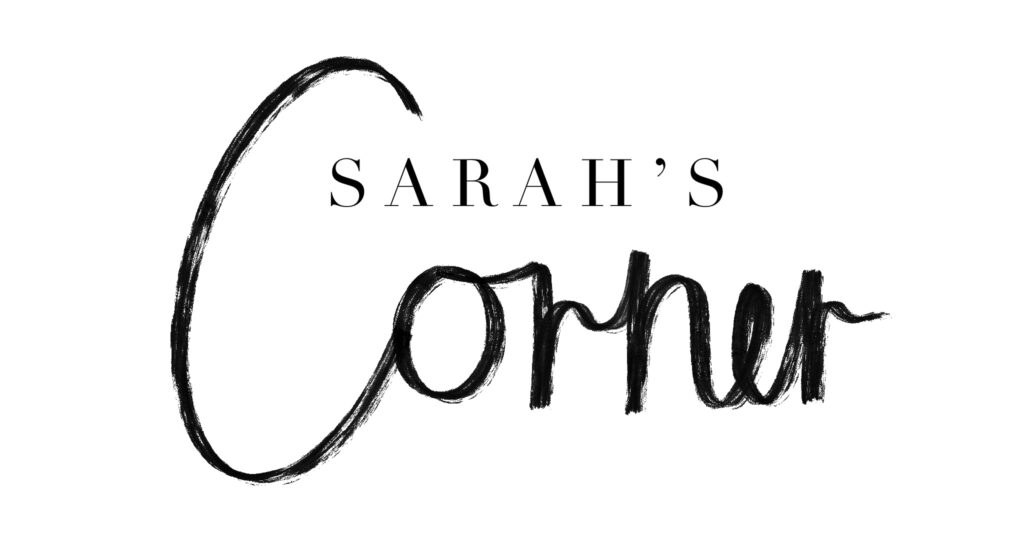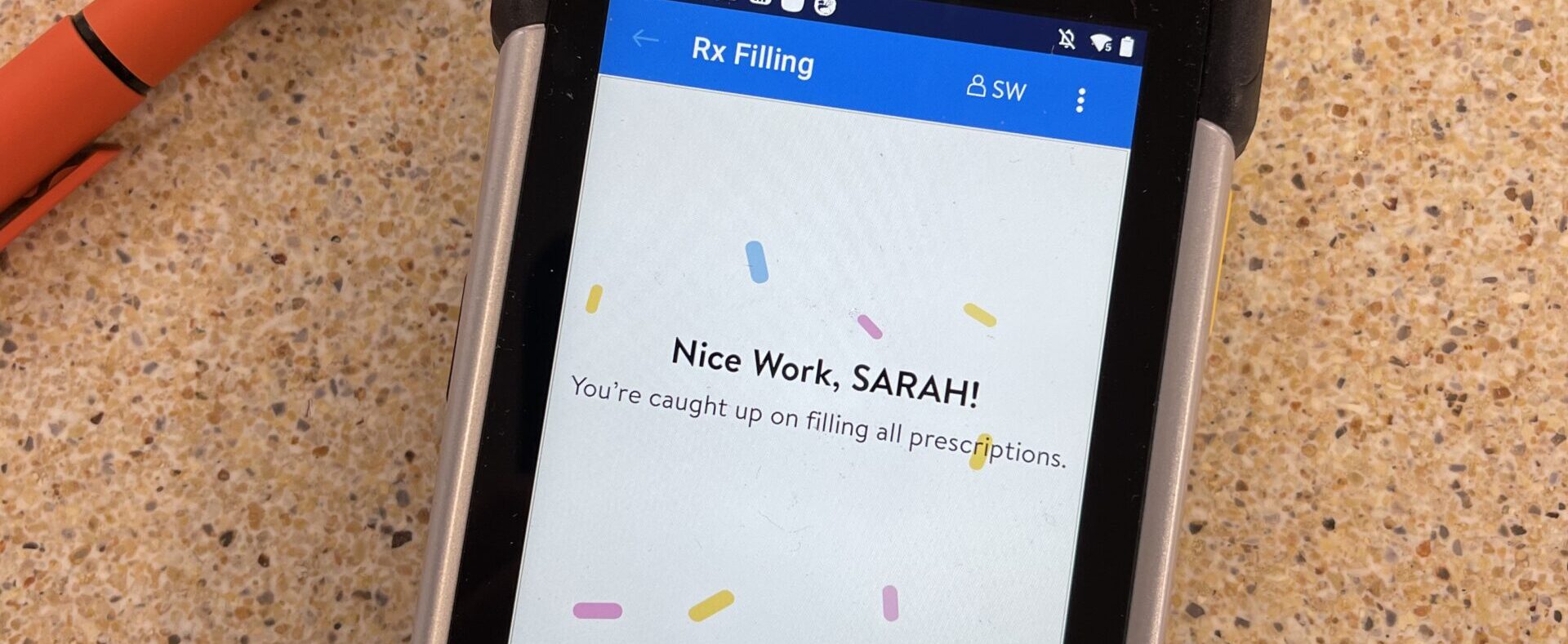The Pharmacy Technician Certification Board (PTCB) is the National certifying body for thousands of Pharmacy Technicians, including me!
I’ve been a pharmacy technician for over 2 years and enjoyed (most of) the pharmacy flow. As I now prepare for my Doctor of Pharmacy degree, I’d like to share tips for other prospective technicians considering the field
If you are considering becoming a Pharmacy Technician, here’s what you’ll need to know to get started…
Click the heading to jump to that section
1. National Certificate requirements
4. Fees
5. Continuing Education credits
6. Tracking your license and CEs
National Certificate Requirements
Becoming a Certified Pharmacy Technician (CPhT) is an exciting step into the pharmaceutical field. To be eligible, there are a few requirements.

You must be a resident of the United States or the US territories.
You must complete a PTCB-approved educational program or 500 hours of on-the-job training before you take the exam.
I opted for on-the-job training through my local community pharmacy. I recommend this route if possible because you avoid the high cost of education and get paid while preparing for the exam.
The downside of on-the-job training is the challenging job conditions. Many community pharmacies are short-staff, putting stress on those working to pick up extra slack.
It also does not teach you sterile compounding skills you otherwise learn in a paid, approved course. However, you can still learn these skills if you transition to a hospital pharmacy after earning your PTCB certificate.
Classes vary from hundreds to thousands of dollars to get certified. A coworker of mine was paying off about $10,000 in CPhT school debt alone. The full PTCB-sourced list of educational programs, here
So, weigh your options carefully and do what works best for you and your financial situation.
Full disclosure of any criminal and state board of pharmacy actions and licensure
A passing score on the Pharmacy Technician Certification Exam
Compliance with outlined PTCB policies (policies posted here)
PTCB Exam and Contents
You can take the exam online via their proctoring program or in person at a Pearson Testing Center. There are more than 1400 nationwide, so chances are you’re close to one if you prefer in-person exams.
The exam itself is 2 hours long; 5 minutes for an introduction, 110 minutes for the exam (1 hour 50 min), and 5 minutes for a post-test survey
There are 90 questions, 80 of which are graded and 10 are not. They will not tell you which 10 questions are not graded.
Your unofficial exam score is displayed directly after the post-survey. Official results are posted to the PTCB site about 2-3 weeks later
Once you pass your exam, your certificate must be renewed every 2 years.
To schedule your exam, click here
Contents of the Exam


Notice that these are all laws at the federal level, meaning laws specific to your state will not be on this exam


This can also be found on the PTCB website which posts updated exam information and breakdowns
The above images are the exact breakdown of each topic from the exam. Notice the biggest portion covers medications while the Federal Requirements are the smallest portion
Did you notice the * next to the section numbers? This refers to questions that may require calculation-based knowledge.
Requirements by State
(Most recent data available on PTCB site, as of December 31st, 2023)
License: No, unfortunately not the driver’s license you already have. This is the state license you submit according to your state’s Pharmacy Board guidelines
Registration: Similar to the Pharmacy Technician’s License, this is your approved license with the Board of Pharmacy. Your CPhT license and registration are often used interchangeably.
National Certificate: This is obtained by passing your PTCE after fulfilling an educational course or completing 500 on-the-job hours
The credentials you’ll need depend on the state you live or work in. For instance,
States with NO requirements: Delaware, Hawaii, New York*, and Pennsylvania
*license and registration necessary in a hospital setting, not in community pharmacies
Otherwise, this means you do not have a license, certificate, or registration with the State Board of Pharmacy to work as a Technician
States Requiring Registration/License: Alabama, Alaska, Arkansas, California, Connecticut, Florida, Georgia, Guam (US Territory), Idaho, Indiana, Kentucky, Maine, Maryland, Massachusets, Michigan, Minnesota, Missouri, Nebraska, Nevada, New Hampshire, New Jersey, North Carolina, Ohio, Oklahoma, Rhode Island, South Carolina, Tennessee, West Virginia, Washington DC, Wisconsin, Vermont
Meaning, you can be certified as a technician without having your PTCE complete or your PTCB license
States Requiring License, Registration, and National Certificate: Arizona, Colorado, Illinois, Iowa, Kansas, Louisiana, New Mexico, North Dakota, Montana, Oregon, Puerto Rico (US Territory), South Dakota, Texas, Utah, Virginia, Washington and Wyoming
Meaning, you must have a state license as well as a PTCB certificate to be eligible to work in these states
Breaking down the cost
Your fees will vary depending on if you go to school for your CPhT certificate. Your educational fees are dependent on the school you attend which
If you choose the 500-hours option like I did, there’s a potential you won’t pay a dime. Here’s the fee breakdown…
- $129 to take the PTCE either online or in person
- Cost of application to the State Board of Pharmacy
- Depends on the state, I paid $50 for my Nevada license and $200 for my California license
- Cost of study materials
- I spent $30 on a book I hardly opened or used
- NOT required and if you stick to my study materials, not necessary!
My favorite part of working the on-the-job training was the employer’s offer to cover my exam and application fees. Since you are getting certified to help your pharmacy of employment, they should fund your certificate
My total costs came to $409, though my employer covered my exam and Nevada license fees so I only paid $230. I was not employed by a California pharmacy yet, I preemptively applied so that I would be licensed by the time I moved back to CA.
Be mindful of possible contingencies, for instance, my pharmacy would not cover the cost of my exam if I failed. It’s a good thing I passed the first try!
Most pharmacies will not cover any additional aid you receive, so extra classes and study materials will most likely be funded out of your pocket
Speak with your pharmacy manager regarding payment aid for your exams. You may have to submit a reimbursement form once the exam is officially scored and passed
Continuing Education (CE) Credits
Once you pass your exam, your certificate is good for 2 years from your certification date
In those 2 years, you must fulfill a 20-CE credit minimum. This also comes with specific requirements for the types of CEs you’ll need…
- At least 15 CE hours of technician-specific information
- Up to 5 CE hours of pharmacist-specific information
- At least 1 CE hour covering pharmacy law
- At least 1 CE hour covering patient safety
Some websites will try to offer you paid, 1 to 2 continuing education courses to apply for your renewal… DO NOT BUY THESE
$20 for one CE when there are hundreds of accredited, free CEs available is highway robbery (in my silly little opinion)
First, check with the pharmacy you work for. They may offer some CE service(s) to help you fulfill each CE requirement
If you still need more hours, fear not. Here are some links that offer accredited CEs for free 🙂
The PTCB website has a variety of CEs organized by category and amount of credits. To get the most out of my search, unless I need a specific topic, I check all the activity boxes and enter dates from 01/01/2023 to 12/31/2024.

Did you pursue an immunization certificate after getting PTCB certified? Those CE credits count! Keep a record of your time spent on your Immunization certification which can be submitted as a part of your renewal
Did you obtain your CPR certificate after passing your PTCE exam? Submit those hours and proof of attendance too because those count!
Check the NABP website for some potential CE credits, but avoid the seminars with fees. You do not have to pay to earn CE credits
The PTce website also offers a variety of on-demand and live CE credits, browse through these options to see what interests you
If you’re in a pinch for a law CE (1 hour required) check out Advance for their free courses, I did my law CE here!
Tracking your license and CEs
After you’re officially PTCB certified you’ll need to go a step further and register with the National Association of Boards of Pharmacy (NABP)
The NABP website allows you to track your CEs so that when renewal time comes, submitting your collective hours is much easier.
Be aware that some CEs may populate automatically via your PTCB ID number, however some may not. You may have to submit CE credits directly with proof of completion.
I’ve even had to go a step further and email the help center directly to get my credits to show. I usually keep personal notes in my notes app on my phone to verify the hours I complete line up with the hours on NABP.

